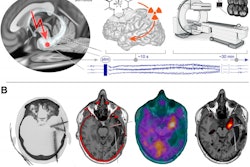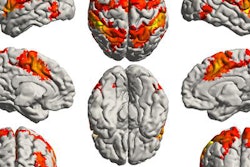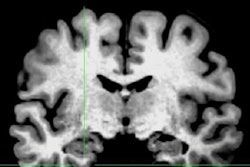
Researchers have developed a method to integrate functional MR (fMRI) and PET images to identify epilepsy patients who are at high risk of continued seizures before the patients undergo potentially unsuccessful surgery, according to a study published online December 5 in Frontiers in Neuroscience.
Statistician Marina Vannucci, lead author Dr. Sharon Chiang, and colleagues from Rice University and Baylor College of Medicine created a model from PET and resting-state fMRI scan data using 51 patients from the University of California, Los Angeles (UCLA) Seizure Disorder Center between 2007 and 2012.
The researchers worked on the hypothesis that the inability of anterior temporal lobe resection to eliminate seizures in some patients with temporal lobe epilepsy had to do with tissue connected through networks to the lobe. While standard resection of the anterior temporal lobe can reduce the frequency of seizures, 30% to 50% of patients continue to experience seizures after surgery.
Chiang and colleagues used statistical techniques to analyze brain activity data from patients with epilepsy and from groups of healthy controls. They found that the recurrence of seizures after surgery may be due to surgical disruption of fibers connected to previously normal brain tissue or incomplete resection of an epileptogenic network.
Their results identified a subgroup of patients with a 5.8 times greater chance of experiencing postoperative seizures due to what the researchers suspect are differences in their underlying brain networks.
"This may lead us to better understand the brain networks that produce epilepsy and allow for the design of better treatments for those patients who do not have seizure freedom from the current operation," said Dr. John Stern, study co-author and also co-director of the Seizure Disorder Center at UCLA, in a statement.
The researchers from Rice, Baylor, and UCLA are continuing their work to develop free software that neurologists and neurosurgeons can use to combine resting-state fMRI with presurgical PET scans, which should help further validate their results.




















